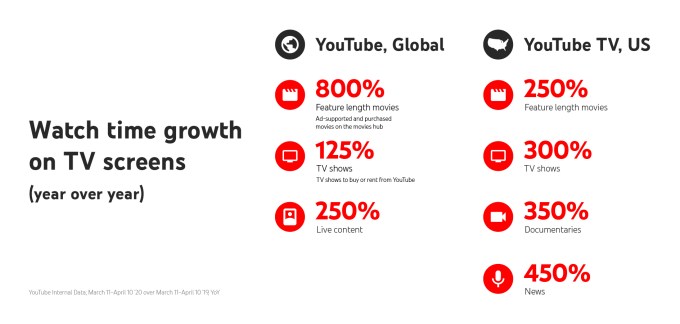Why Cybersecurity Must Evolve: The Case for a Platform Approach
The Growing Cybersecurity Crisis
Organizations are investing more in cybersecurity than ever, yet they feel increasingly vulnerable. A staggering 93% of cybersecurity professionals reported moderate to extreme concerns about cloud security in 2019—and that was before the COVID-19 pandemic exacerbated risks with a surge in remote work and expanded attack surfaces.
With over 50% of global GDP expected to come from digitally transformed enterprises by 2023 (IDC) and 41.6 billion IoT devices projected by 2025, the urgency for a cybersecurity overhaul has never been greater. Traditional methods are failing, and without reinvention, threats will only escalate.
The Need for a New Cybersecurity Model
Why Legacy Systems Fall Short
- Fragmented solutions: Siloed tools create inefficiencies and gaps.
- Reactive strategies: Outdated models can’t keep pace with evolving threats.
- Scalability challenges: Multi-cloud and IoT demand adaptable frameworks.
The Role of Machine Learning (ML) and Automation
ML isn’t just an add-on—it’s a cornerstone of modern cybersecurity. From proactive threat prevention to IoT security integration, ML enables faster, smarter responses. Automation further alleviates pressure on IT teams, addressing the industry’s talent shortage by handling 95%+ of SOC tasks.
What Is a Platform Approach?
A platform approach reimagines cybersecurity as a unified, holistic system rather than a patchwork of tools. Key features include:
- Consolidation: Fewer vendors, more comprehensive solutions.
- Open architecture: Seamless integration of new security functions.
- Model-driven design: One agent per workload, with services layered on top.
This shift mirrors the cloud revolution, allowing organizations to adopt and update technology in a plug-and-play manner.
Benefits of a Unified Security Platform
Holistic Protection
A single, cohesive security posture adapts to distributed networks, remote workforces, and IoT ecosystems. Frameworks like SASE (Secure Access Service Edge) exemplify this shift, offering integrated security for cloud and traditional infrastructure.Agility and Future-Proofing
Rapid deployment of new technologies (e.g., adversarial AI defenses) keeps organizations ahead of threats. A flexible platform ensures long-term resilience.Automation at Scale
Automating threat detection, response, and policy enforcement frees teams to focus on strategic initiatives.
Challenges to Adoption
Despite its advantages, transitioning to a platform model isn’t without hurdles:
- Vendor sprawl: Over 1,200 cybersecurity vendors compete for attention, complicating consolidation.
- Legacy investments: Existing tools may resist integration, creating “walled gardens.”
- Organizational mindset: Security must become a C-level priority, with CISOs/CSOs driving cross-functional alignment.
The Path Forward
Key Takeaways for Organizations
- Embrace consolidation: Reduce vendor fragmentation and adopt integrated platforms.
- Prioritize automation: Streamline SOC operations and threat response.
- Elevate security leadership: Ensure CISOs/CSOs influence IT and development decisions.
The Stakes of Inaction
Without a strategic shift, cloud misconfigurations and breaches will persist, eroding consumer trust and destabilizing businesses. The time to act is now—a platform approach isn’t just an option; it’s the future of cybersecurity.
🚀 Technology Solutions & Recommendations
Enhance your tech capabilities with these cutting-edge products that complement the technological innovations discussed in this article:
🛍️ Featured Product 1: HKT – Button
 Image: Premium product showcase
Image: Premium product showcase
As the article highlights growing cloud security concerns and expanded attack surfaces from remote work, the HKT – Button addresses a specific pain point: secure authentication. It’s a practical tool for professionals worried about credential theft in an increasingly perimeter-less world, though it should be part of a broader security strategy rather than a complete solution.
The HKT – Button is a simple yet powerful physical security token designed to add an extra layer of protection in an increasingly vulnerable digital landscape. While it won’t single-handedly solve the cybersecurity industry’s systemic challenges, it provides a tangible security boost for remote workers and cloud-based systems by generating one-time passcodes for secure authentication.
Key Features:
- One-touch OTP generation for secure logins
- Hardware-based encryption resistant to remote attacks
- Compact, keychain-ready design for remote work environments
- No internet connection required - operates offline
🔗 View Product Details & Purchase
💡 Need Tech Consultation? Our technology experts are ready to help you implement the perfect solution for your digital transformation needs!











